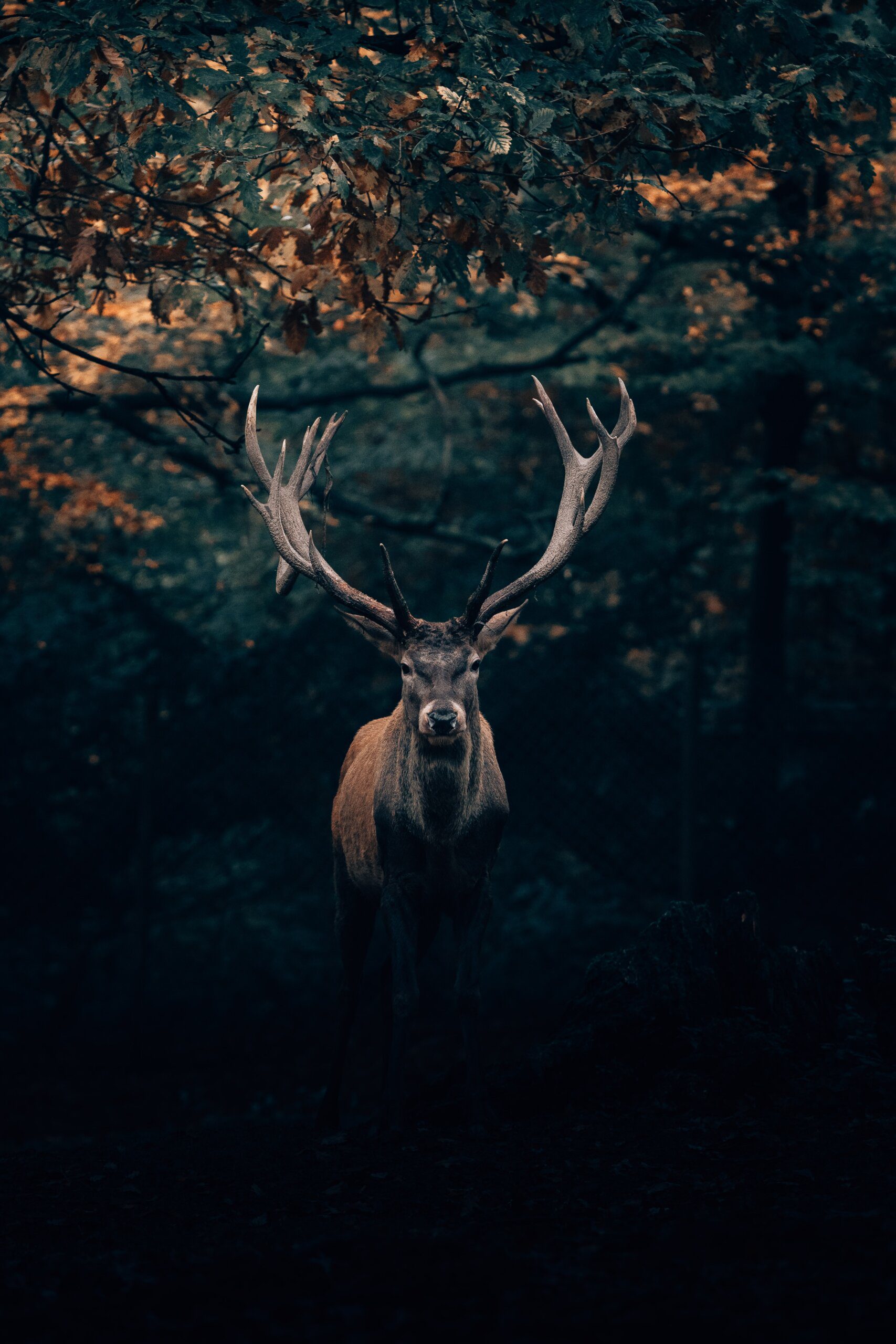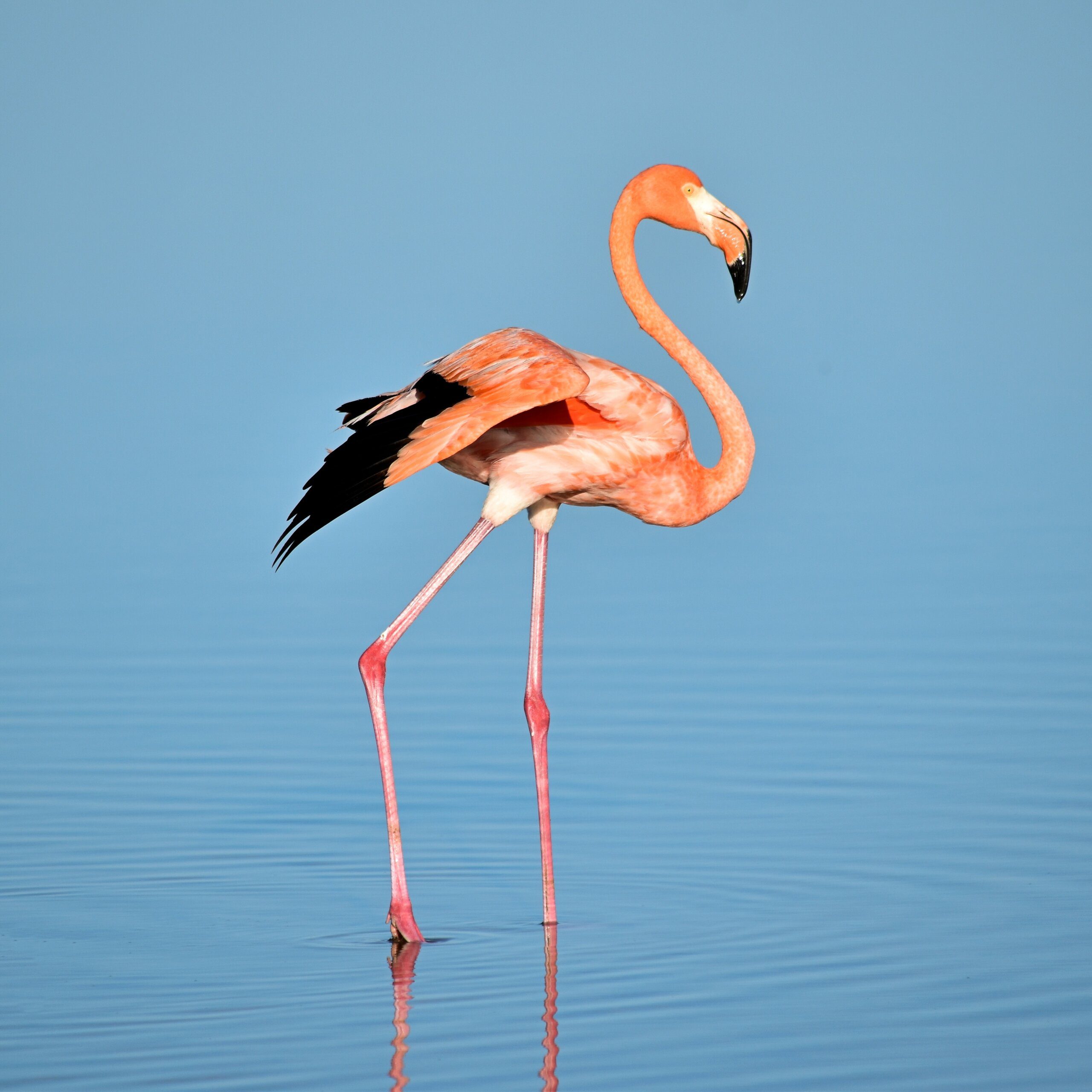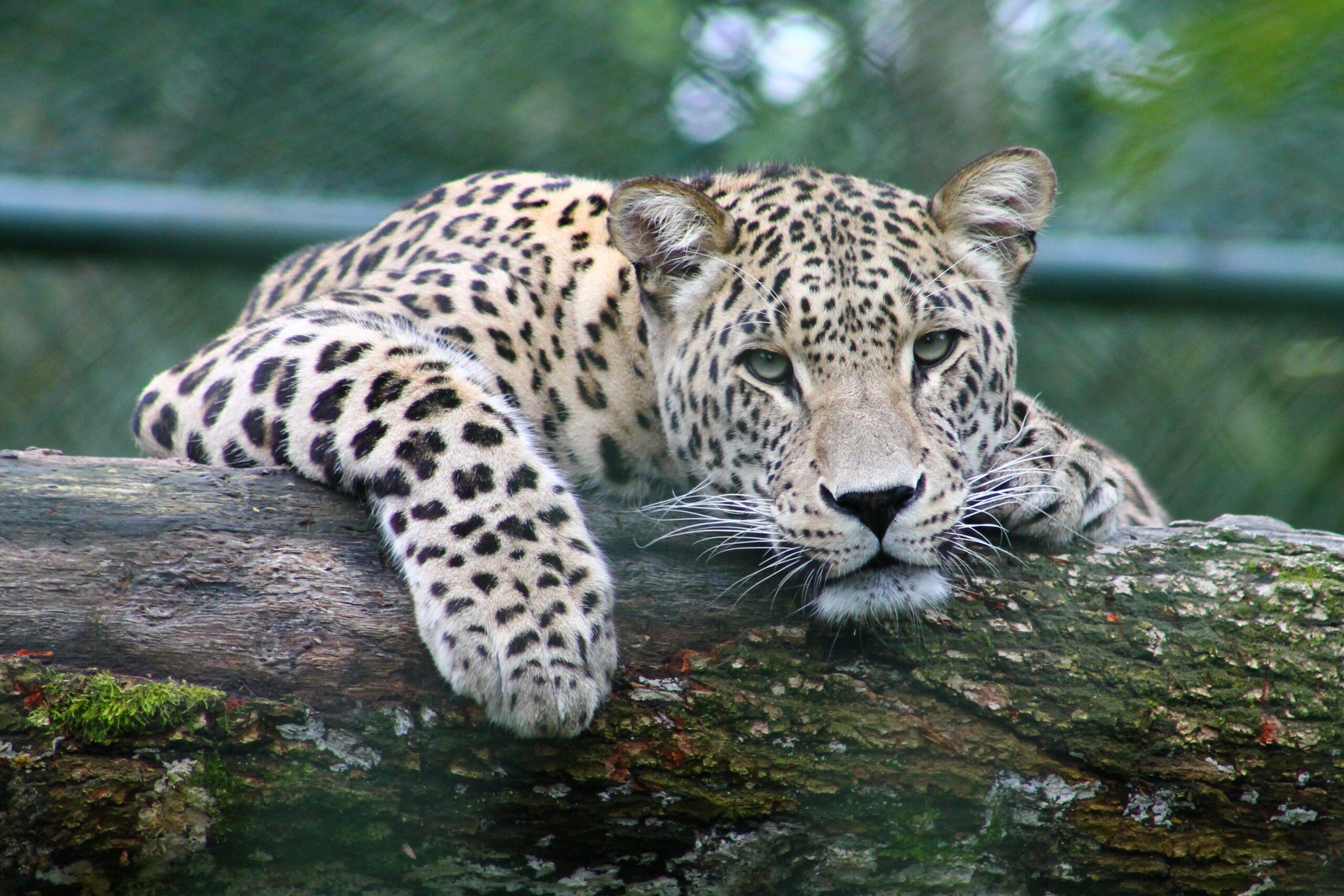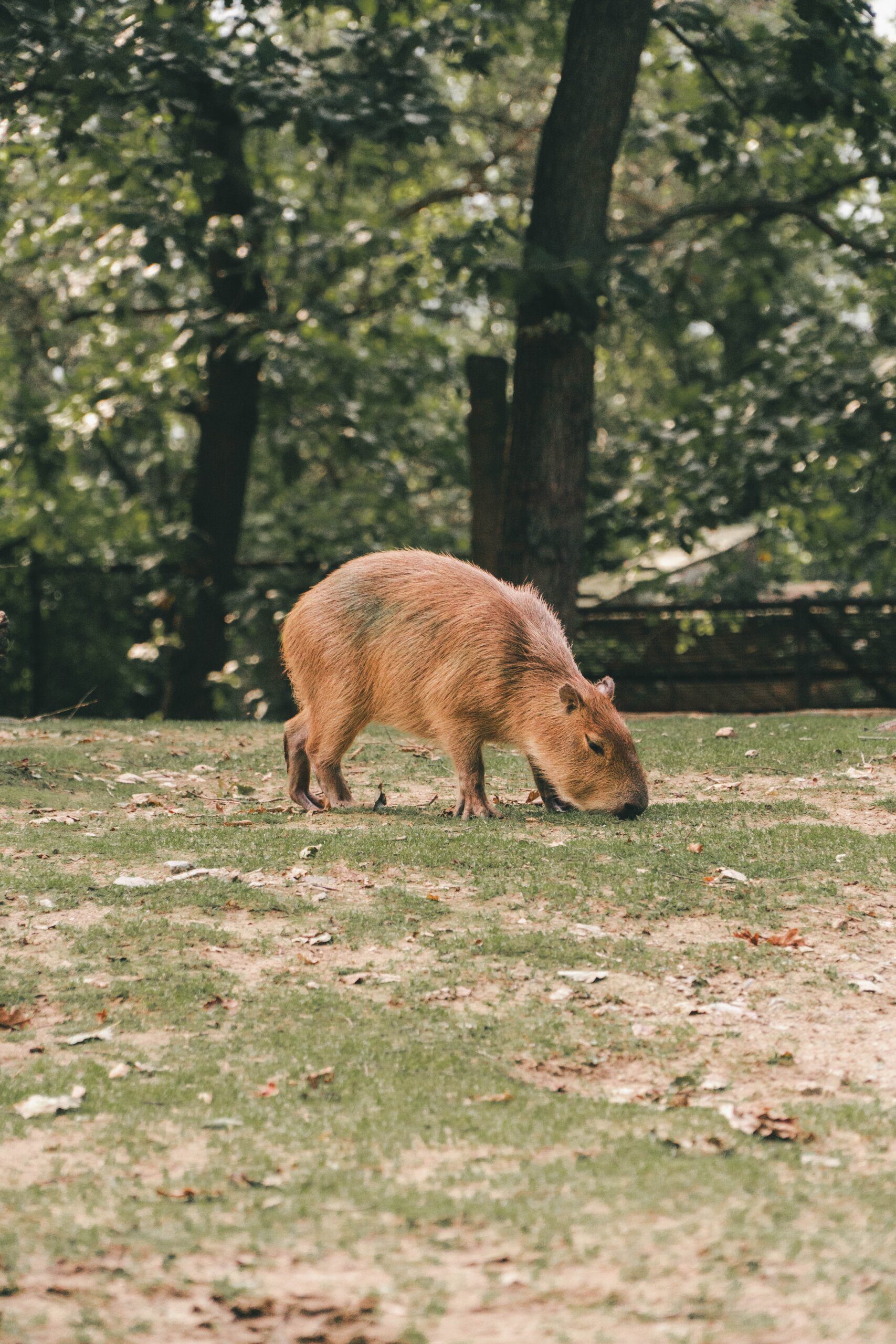Have you ever wondered about the average weight of a capybara? These fascinating creatures, native to South America, are known for their unique appearance and gentle nature. In this article, we will explore the typical weight range of capybaras, shedding light on this intriguing aspect of their biology. Get ready to embark on a journey of discovery as we unveil the secrets of the capybara’s average weight.

1. Physical characteristics of a capybara
Capybaras are the largest rodents in the world, known for their unique appearance and interesting physical characteristics. They have a large, barrel-shaped body with sturdy legs and a robust tail. On average, capybaras measure around 3.5 to 4.5 feet in length and stand around 1.5 feet tall at the shoulder. They have short, thick fur that can range in color from reddish-brown to grayish-brown. The capybara’s head is round with small ears and eyes positioned on top to allow them to stay alert even when partially submerged in water. They also have large, continuously growing front teeth called incisors, which they use for gnawing on vegetation.
2. Factors influencing the weight of capybaras
2.1. Age
The age of a capybara plays a significant role in determining its weight. Like most mammals, capybaras experience growth and development throughout their lifespan. When capybaras are young, they are relatively smaller and lighter compared to their adult counterparts. As they age and go through various growth stages, their weight gradually increases until they reach their full size and maturity.
2.2. Gender
Gender is another crucial factor that affects the weight of capybaras. Generally, male capybaras tend to be larger and heavier than females. This sexual dimorphism in size is commonly observed among many animal species, where males are often more substantial due to factors such as competition for mates or territorial dominance.
2.3. Genetics
Genetics also play a significant role in determining the weight of capybaras. Just like with humans, genetic factors passed down from their parents influence their growth rate, size, and overall body weight. Some capybara lineages might genetically have a predisposition to be larger while others may have a tendency to be smaller.
2.4. Environmental conditions
Environmental conditions, such as habitat availability and climate, can have an impact on the weight of capybaras. Adequate resources like food and water supply, along with suitable living conditions, contribute to their overall well-being and weight. Capybaras living in environments with limited resources may experience stunted growth and weigh less compared to those living in more favorable conditions.
2.5. Diet and nutrition
The diet and nutrition of capybaras are vital factors in determining their weight. Capybaras are herbivores, primarily feeding on grasses, aquatic plants, and various types of vegetation. The availability of nutritious food directly affects their growth and weight gain. A well-balanced diet promotes healthy development, while a lack of proper nutrition can result in slower growth or even malnutrition.

3. Average weight of adult capybaras
On average, adult capybaras weigh between 77 to 146 pounds (35 to 66 kilograms). However, it is important to note that these weight ranges can vary depending on the factors mentioned earlier, such as age, gender, genetics, and environmental conditions. Male capybaras generally tend to be at the higher end of the weight range, while females are typically slightly smaller and lighter.
4. Average weight of baby capybaras
Newborn capybaras, also known as pups, are considerably smaller than their adult counterparts. On average, baby capybaras weigh around 2.6 to 4.4 pounds (1.2 to 2 kilograms) at birth. They are adorable and tiny versions of their parents, exhibiting the same physical characteristics but on a much smaller scale.

5. Weight at birth
When a capybara is born, its weight typically ranges between 2.6 to 4.4 pounds (1.2 to 2 kilograms). This initial weight serves as the starting point for their growth journey. Over the following months, they will undergo significant changes in weight and size as they consume milk from their mother, eventually transitioning to solid foods.
6. Weight gain during the first year
6.1. Monthly weight milestones
During the first year of life, capybaras experience rapid growth, and their weight increases significantly month by month. At around one month, a capybara pup may weigh approximately 4 to 9 pounds (2 to 4 kilograms). By the third month, their weight can range between 11 and 20 pounds (5 to 9 kilograms). At six months old, capybaras typically weigh around 31 to 44 pounds (14 to 20 kilograms). Finally, by the end of the first year, capybaras can weigh anywhere between 50 to 77 pounds (23 to 35 kilograms).
6.2. Growth rate comparisons
The growth rate of a capybara during its first year can vary depending on several factors such as genetics, diet, and overall health. However, it is generally observed that capybaras have a relatively fast growth rate during this period. They undergo significant weight gain and physical development, reaching a substantial portion of their adult size by the end of their first year.

7. Maximum recorded weight of capybaras
In exceptional cases, capybaras have been recorded weighing up to 200 pounds (91 kilograms) or even more, making them truly impressive in terms of their size and weight within the rodent family. These instances, however, are rare, and most capybaras fall within the aforementioned weight ranges.
8. Comparison of capybara weight with other animals
When comparing the weight of capybaras with other animals, it becomes apparent that capybaras are relatively large in size. While their weight may not exceed that of some mega-fauna or large predators, they surpass the average weight of many other species, including medium-sized mammals. Capybaras are significantly heavier than common household pets like cats and small dogs, showcasing their unique characteristics within the animal kingdom.

9. Weight variations among different capybara species
Within the capybara family, there are four recognized species: the capybara (Hydrochoerus hydrochaeris), the lesser capybara (Hydrochoerus isthmius), the larger capybara (Hydrochoerus isthmius), and the hoary capybara (Hydrochoerus immature). Among these species, there can be variations in size and weight. For example, the hoary capybara tends to be smaller and lighter compared to its counterparts. Variations in weight among different species are influenced by their genetic makeup and evolutionary adaptations to specific habitats.
10. Impact of weight on capybara health and well-being
10.1. Obesity-related health risks
Weight plays a crucial role in the health and well-being of capybaras. Just like humans, excessive weight gain can lead to obesity-related health risks. Sprawling bodies, combined with excess weight, can put strain on their joints, leading to joint problems, decreased mobility, and ultimately affecting their overall quality of life. Obesity can also increase the risk of metabolic disorders and other health complications.
10.2. Underweight and malnutrition issues
On the other hand, being underweight or suffering from malnutrition can also have adverse effects on capybara health. Insufficient weight gain and inadequate nutrition can weaken their immune system, making them more susceptible to infections and diseases. It can also impact their reproductive capabilities and overall growth and development negatively.
In conclusion, the weight of capybaras is influenced by various factors such as age, gender, genetics, environmental conditions, diet, and nutrition. Adult capybaras have an average weight ranging from 77 to 146 pounds, while baby capybaras weigh around 2.6 to 4.4 pounds at birth. During their first year, capybaras undergo rapid weight gain, with monthly milestones showing significant growth. Their weight can vary between different capybara species, with some species being smaller and lighter. Weight plays a crucial role in the capybara’s health and well-being, with obesity and malnutrition posing potential risks. By understanding these factors, we can better appreciate the remarkable characteristics and weight variations of these fascinating rodents.



